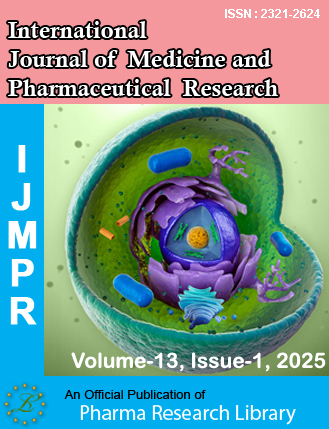The Effect of Comorbidities in NAFLD and Its Impact on Disease Progression
DOI:
https://doi.org/10.30904/Keywords:
NAFLD, metabolic syndrome, liver fibrosis, comorbidities, middle-aged adults, T2DM, female predominanceAbstract
Background: Non-alcoholic fatty liver disease (NAFLD) affects 25–30% of adults worldwide and is closely linked to metabolic syndrome. It ranges from simple steatosis to cirrhosis and hepatocellular carcinoma, with key comorbidities including obesity, type 2 diabetes mellitus (T2DM), dyslipidaemia, and hypertension. Cardiovascular disease is the leading cause of death in NAFLD. Methodology: A cross-sectional study was conducted at Narayana Medical College (Nov 2024–Apr 2025), involving 150 NAFLD patients aged >30 years with comorbidities. Data collection included clinical exams, questionnaires, and lab tests. Results: Most patients were aged 40–60 (59.33%) and female (62%). A majority consumed mixed diets (80%). Obesity was present in 30.67%, with 24% having obesity class II. Comorbidities included obesity (14.67%), T2DM (8%), dyslipidaemia (4.67%), and hypertension (4%). The most common combination obesity, T2DM, and dyslipidaemia (26.67%) was associated with advanced liver pathology (steatosis, fibrosis, cirrhosis). Severity increased with comorbidity burden, supporting the multiple-hit hypothesis. Conclusion: NAFLD was most common in middle-aged females. Combined metabolic comorbidities markedly worsened disease severity, underscoring the need for early detection and intervention.
Downloads
Published
Issue
Section
License
Copyright (c) 2025 Author

This work is licensed under a Creative Commons Attribution-NonCommercial 4.0 International License.

